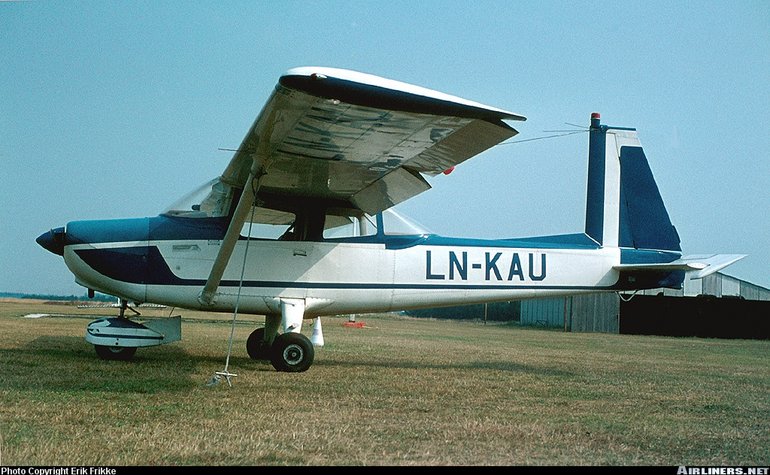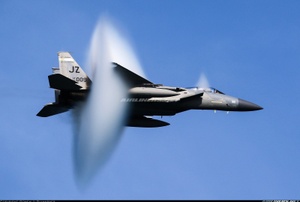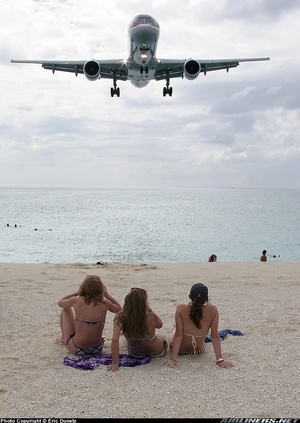North American Rockwell 100 Darter/Lark Commander
Details
Country of Origin
United States of America
Type
Four seat light aircraft
History
Aero Commander developed the high wing four seat 100 series in an effort to expand its product range.
The Aero Commander 100 began life as a three seat design from Volaircraft of Aliquippa, Pennsylvania in the USA. The basic design was known as the Model 10 Volaire and flew for the first time during 1960. Features included a high wing, 360° all round visibility and metal construction. A handful of production aircraft, the Volaire 1035 powered by a 100kW (135hp) O-290-D and the four seat 110kW (150hp) O-320 powered Volaire 1050, were built before Aero Commander purchased the design and manufacturing rights for both on July 12 1965.
Aero Commander only made a small number of changes before the 1050 was placed into production as the Commander 100 (the 1035 was renamed the 100A) in the second half of 1965. From May 1968 Aero Commander incorporated a small number of changes including revised windscreen and rear cabin window designs and other mods and this model was renamed the Darter Commander .
By the time the first major changes to the basic design were introduced, Aero Commander had been taken over by North American Rockwell in 1967 and had become their Aero Commander Division. The name Aero Commander disappeared when the Division was renamed the General Aviation Division on September 9 1969. Darter production continued into 1969.
North American Rockwell also introduced the improved 100-180 Lark Commander in 1967 (FAA Type Approval was awarded on Sept 26 that year). Changes included a more powerful 135kW (180hp) O-360-A2F engine, a swept back fin, reprofiled cowling and 91kg (200lb) increase in max takeoff weight. The aerodynamic changes gave the Lark Commander a much more sleeker appearance, and the more powerful engine boosted performance. However Rockwell dumped Lark production in 1971, as it had been outsold and out performed by the less powerful Piper Cherokee and Cessna 172.
Rockwell sold the design and production rights for both the Darter (which had been out of production since 1969) and the Lark to Phoenix Aircraft in 1971, but the latter company did not undertake production.
Powerplants
Darter - One 110kW (150hp) Lycoming O-320-A flat four piston engine driving a two blade fixed pitch propeller.
Lark - One 135kW (180hp) O-360-A2F.
Performance
Darter - Max speed 214km/h (115kt), max cruising speed 206km/h (111kt). Initial rate of climb 785ft/min. Service ceiling 11,000ft. Range at max cruising speed 820km (443nm).
Lark - Max speed 222km/h (120kt), max cruising speed 212km/h (114kt). Initial rate of climb 750ft/min. Service ceiling 13,000ft. Range at max cruising speed 845km (456nm).
Weights
Darter - Empty 580kg (1280lb), max takeoff 1020kg (2250lb).
Lark - Empty 658kg (1450lb), max takeoff 1110kg (2450lb).
Dimensions
Darter - Wing span 10.67m (35ft 0in), length 6.86m (22ft 6in), height 2.84m (9ft 4in). Wing area 16.8m2 (181sq ft).
Lark - Same except for length 7.59m (24ft 11in), height 3.07m (10ft 1in).
Capacity
Typical seating for four.
Production
6 Volaire 1035, 335 Model 100s/Darter Commanders and 213 Lark Commanders built.
Related Links
North American Rockwell 100 Darter/Lark Commander
The backbone of this section is from the The
International Directory of Civil Aircraft by Gerard Frawley
and used with permission. To get your own copy of the book
click here.


















